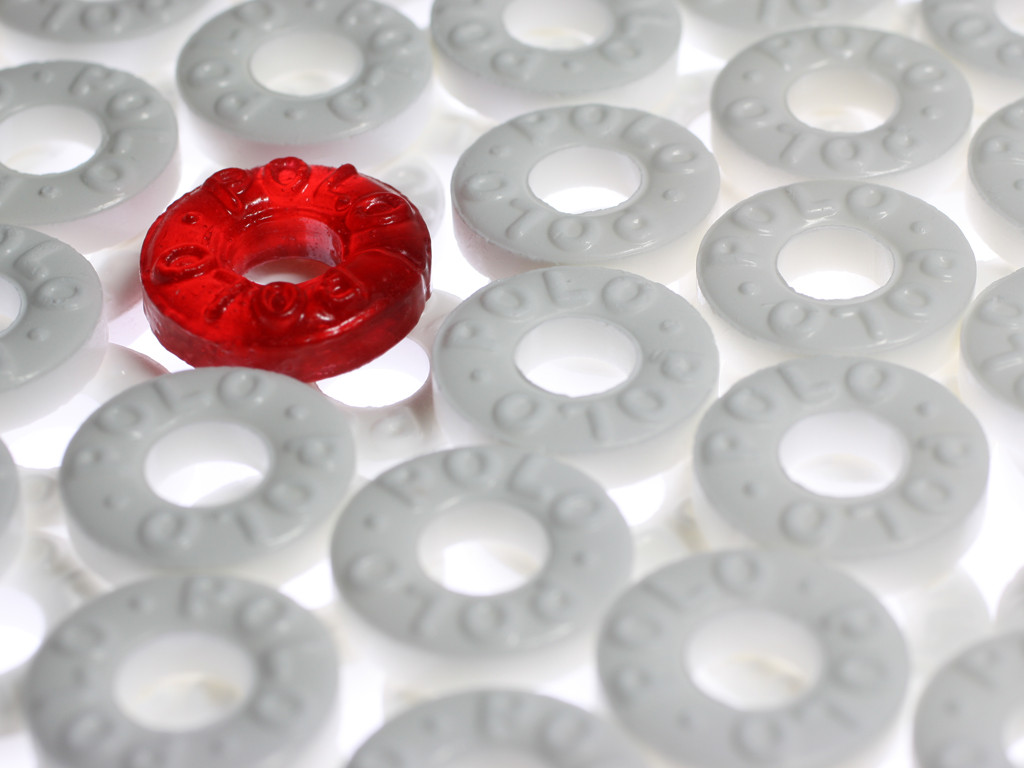How do you decide if something is good or bad? If something is better or worse? It’s all relative. You can see something in isolation and it may not mean anything. What do you think of a Toyota Camry? It’s good. Compare it to a Toyota Corolla? It is superior. What if it is compared to a BMW 5 series? Not so good now is it? Contrasts is what puts things perspective. How we decide on something is all relative. To influence a decision you need to find the right frames for comparison. Going to a party with a friend? Try to go with a friend who is a bit like you but you are the better looking one. It’s all relative. You need that not-so-good looking friend of yours to look better.
There is an interesting story of a creative at Madison Avenue who saw a beggar with a sign that read “I am blind”. On seeing this sign he saw an opportunity to add four words – “It is spring and I am blind.” Just adding these four words changed everything for this beggar. The important lesson here. It’s all relative. We make decisions based on alternates. To decide in isolation is harder. But with the right frame of choices you can lead someone to a decision. When you want to sell something, the way the deal, proposition or an idea is presented, the relative comparison used to influence this decision is crucial.
However the other extreme of adding choices can have a detrimental effect. How so? The famous jam experiment when the presenter showcased 24 varieties of jams for someone to choose from. Only 3% bought a jam. Alternately for another set of respondents only 6 varieties were presented. The result. 30% bought a jam from this group. Choice is important but “less is more”. Too much of a good thing doesn’t work. This phenomena is known as the Choice Paradox. When we are unable to meaningfully compare and shortlist options we don’t decide at all.
A similar experiment was conducted when two options were presented. Let’s say a $300 online course vs. a $250 software package. 49% of the respondents choose the software package. In an alternate scenario a $300 online course was matched to a $250 software package with a free dictionary. What do you think happened? Sales for the software package went up? Quite contrary, this time only 36% choose the software package. Why so? Adding an inexpensive item to a deal doesn’t sweeten it. Key lesson when crafting an offer. Useless freebies are exactly what they are. Useless.
To sum up, using a relative comparison is a powerful way to influence choice. However if the comparison is made over complicated by offering too many choices or adding elements to a choice set that don’t necessarily add value, the net outcome is negative.
Feature image by Kevin Pack used under Creative Commons Attribution-NoDerivs 2.0 Generic License
